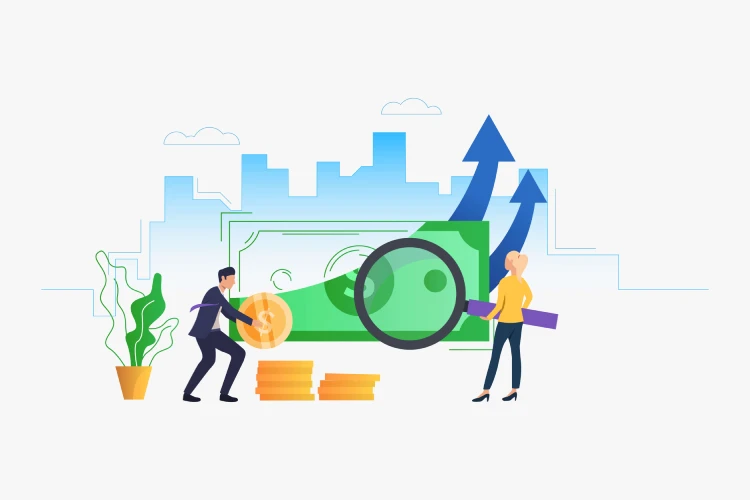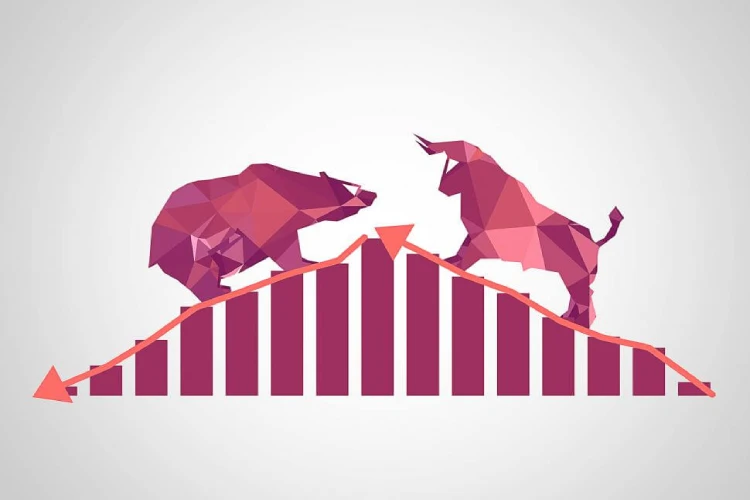In today’s business world, the topic of profit sharing is frequently discussed as a means for employees to benefit from the success of American companies. With weakened unions, many workers are left wondering how they can receive a slice of the profits. While profit sharing is a popular idea among employees, dividends have been providing the public with an opportunity to partake in corporate success for over a hundred years.
Here’s how it works: simply find a company that offers dividends, purchase their stock, and wait. Typically, each quarter the company distributes a portion of its profits to shareholders. Although it may not seem like much, these payments can accumulate over time. As long as you own the stock, you will continue to receive your dividends. This concept is similar to buying utility stocks in the game of Monopoly for small but regular dividend payments. However, dividends have a much longer history than the game.
The History and Benefits of Dividend Investing
The formation of our modern government in 1790 saw a widespread practice among companies of paying out the majority of their earnings as dividends, with investors anticipating substantial returns. Information about the performance of investments was limited due to the absence of the Securities and Exchange Commission (SEC). One of the primary methods for investors to gauge their investments was through the quarterly dividends. Companies such as General Mills, Procter & Gamble, and Coca-Cola have maintained a tradition of paying annual dividends uninterruptedly since the 1890s.
In the 1920s, there was a significant increase in public interest in stocks, followed by disappointment during the Great Depression. However, financial reforms helped restore confidence in the integrity of the capital markets. During the early 20th century, large American companies paid substantial dividends, with AT&T being a prominent example, referred to as a “widows and orphans” stock due to its reliable dividend payout. The steady growth of AT&T’s dividend attracted hundreds of thousands of stockholders and cemented its reputation as a blue-chip stock.
By 2019, if you had purchased AT&T stock shortly after Christmas, the quarterly dividend payments would have accumulated to approximately $25. The stock effectively pays for itself in just over a 15-year period. Regardless of any fluctuations in stock prices, you would continue to own the stock.
The Decline of Dividends in the Stock Market and Its Impact on Investors
Throughout the years, dividends have accounted for a substantial portion of total returns in the stock market, with approximately 40% of returns dating back to 1926 coming from dividends. In the 1970s and 1980s, an annual return of 4% was attainable through dividends. However, this trend has slowed in recent decades due to a combination of factors, including the increased disclosure of information on companies mandated by the Federal Communications Commission (FCC) and double taxation on dividends and capital gains. The taxation of dividends, which have already been subject to corporate income tax, and their taxation upon receipt by shareholders, may have discouraged companies from paying out large dividends.
More recently, many new and rapidly growing companies have opted not to offer dividends. The argument is that reinvesting profits into business growth is a better use of funds, as seen with tech companies during the dot-com bubble. Paying dividends would have required these companies to issue more stock or take on additional debt, which can have drawbacks. Investors have accepted the idea that rapidly growing companies should retain all of their earnings and reinvest in the business for the benefit of everyone involved. As of 2019, major companies such as Amazon, Facebook, and Netflix do not pay dividends.
The decline in dividends has coincided with the rise of stock buybacks, which have become increasingly popular in recent years. Many well-known companies, such as Chevron, Starbucks, Qualcomm, and Apple, have announced substantial buyback programs along with their earnings reports, and it is expected to be a record-breaking year for buybacks. The purpose of buybacks is to increase the stock price by purchasing shares, and the yields from buybacks have surpassed those of dividends since the mid-2010s, according to S&P Global’s Howard Silverblatt. However, some may argue that the rationale behind the decline in dividends is not fair. Corporate managers may prefer to retain their earnings rather than distribute them as dividends because a significant part of their income may come from stock options. By keeping the money within the company, the stock price tends to rise faster, but financial research suggests that investors may be better off if the dividends were paid to them.
A Potential Resurgence?
Traditionally, established and stable companies participate in profit sharing by paying dividends. Once a dividend is paid, it can be challenging to stop without negatively affecting the stock price. The dividend yield changes with the stock price, if the stock price drops and the company continues to pay the dividend, the yield will increase, which could indicate a good deal as long as the company is financially stable. However, an extremely high dividend yield can be a warning sign.
the future of dividends remains uncertain with current yields remaining low. While some research suggests that companies with higher dividend rates have better returns, paying out more of their earnings as dividends could also have positive effects for society. If you are looking for low-risk investments with consistent income, dividend stocks may be worth considering. Despite market volatility, you can still earn income if the stock price drops.

 Making Money During The Market Swings
Making Money During The Market Swings